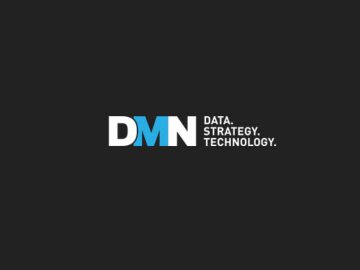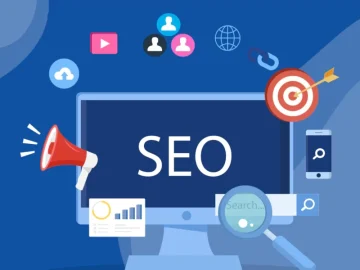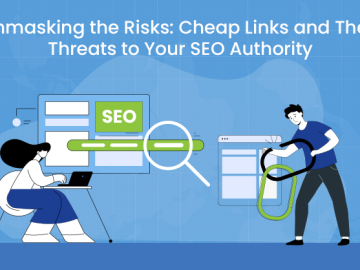Search engine optimization (SEO) is widely misunderstood and there are many SEO misconceptions in the general business community. Companies of all types and sizes know they need to rank as high as possible in Google, but the path to page one is long with many nuances, twists and turns. A handful of blogs and keywords won’t get you far.
MORE NEWS: Ranking Arizona: Top 10 public relations companies for 2024
Yet, for all that SEO is talked about and pushed, relatively few companies are realizing their search engine ranking potential. Considering that less than less than 1% of searchers click on the second page of Google, according to Backlinko (2023), a targeted and consistent strategy is essential for any company relying on search engine traffic to fuel or support their businesses (which is most companies these days).
What is “SEO” anyways?
SEO is a process for improving a website’s visibility in search engines. Seeing as how Google is the most popular site in the world, most SEO strategies are attuned to Google’s algorithms. SEO also encompasses “organic search” strategies, which means generating traffic for free from searches. The listings at the very top of search engine pages marked as “sponsored” are not considered “SEO.” Those listings are part of advertising campaigns. These two strategies can play off of one another, but they aren’t the same.
Keyword confusion: Keywords alone don’t yield optimal results
It’s often assumed SEO is defined by having the right “keywords” or “keyphrases” on a webpage. After all, these embedded terms within website content are intended to meet people’s search inquiries, based on how often they’re searched. Ex: “best pizza near me.”
While keywords do improve rankings, there are also additional elements that work together to get the most bang for your searchability buck:
- On-Page: Broadly, this includes keywords, meta descriptions, meta titles, header hierarchy, images, alt tags, URLs and overall content quality.
- Off-Page: This includes backlinking (other sites linking to yours), guest posting and exposure through social media and all other media channels — all tying into your greater public relations strategy.
- Technical: Critical elements like your website load time, accessibility, mobile-friendliness and more could make-or-break an interested searcher into a passerby within seconds.
Metadata myths uncovered
Sometimes metadata – descriptive information about page content on the backend of a website – is considered a less-important SEO component, but a company seeking to strategically rise the ranks shouldn’t ignore it. Metadata incorporates both meta titles and meta descriptions, which will appear on Google searches.
- Meta titles should be short, snappy headlines leveraging a top keyword — this doesn’t necessarily need to align exactly with the blog title.
- Meta descriptions are a concise summary of your post or page, containing one or more top keywords.
These two components serve as the “preview” visitors see before clicking on a search link. In the early days of SEO, metadata reigned supreme for determining rankings. Now, Google focuses more on the quality of the page and how effectively it answers users’ questions. However, incorporating metadata continues to be a best practice that shouldn’t be skipped.
Content clue: quality over quantity
Length of content is one of the most debatable areas of SEO. Some say write a book, others instruct the opposite. What’s the truth? According to HubSpot’s “Ultimate Guide to SEO in 2024,” while pages with more content tend to keep the reader on the page longer, which is optimal for SEO, quality content will always win.
Biggest misnomer of all: You can optimize a site once, then you’re done!
So, you’ve set up your site with all the above. Now what? It’s important to note SEO results don’t happen overnight, and frequent fresh content is crucial for improving rankings. Google’s algorithms, user behaviors and competitor strategies are ever-evolving. It’s important to assess on-page, off-page and technical SEO on an ongoing basis and adapt your approach based on ranking data. SEO is an ongoing process without a completion date.
Author: Andrea Aker is CEO of Aker Ink PR & Marketing, a full-service agency that helps companies increase brand awareness, thought leadership, leads and revenue.





